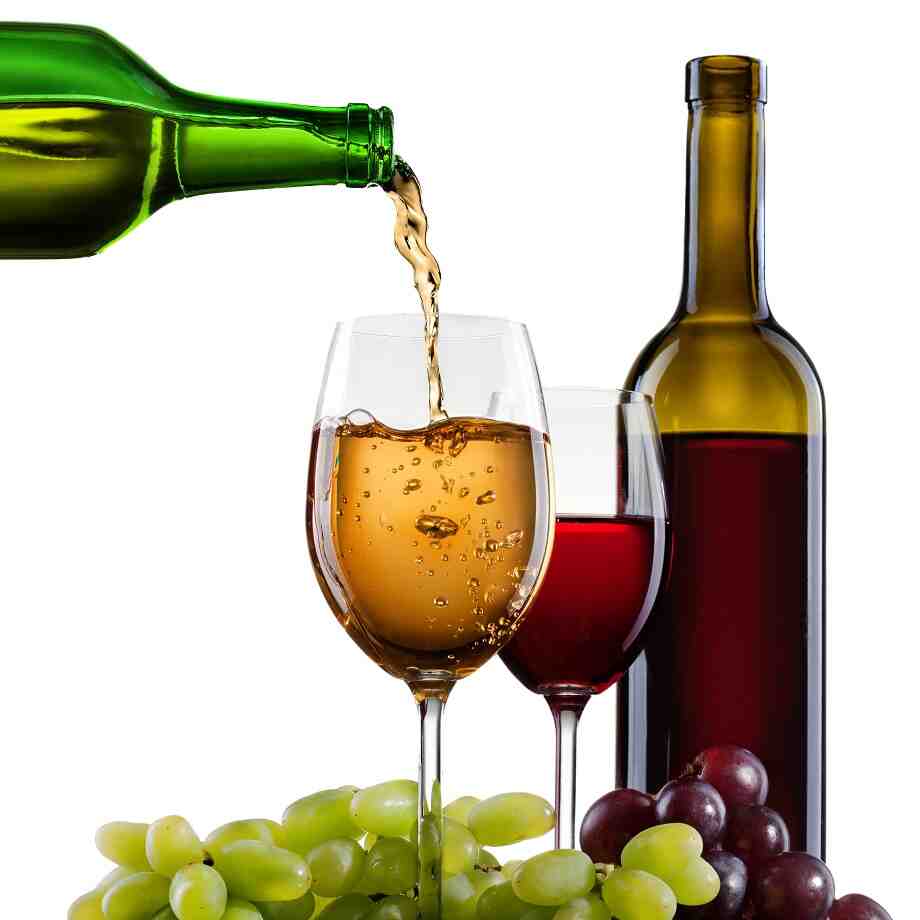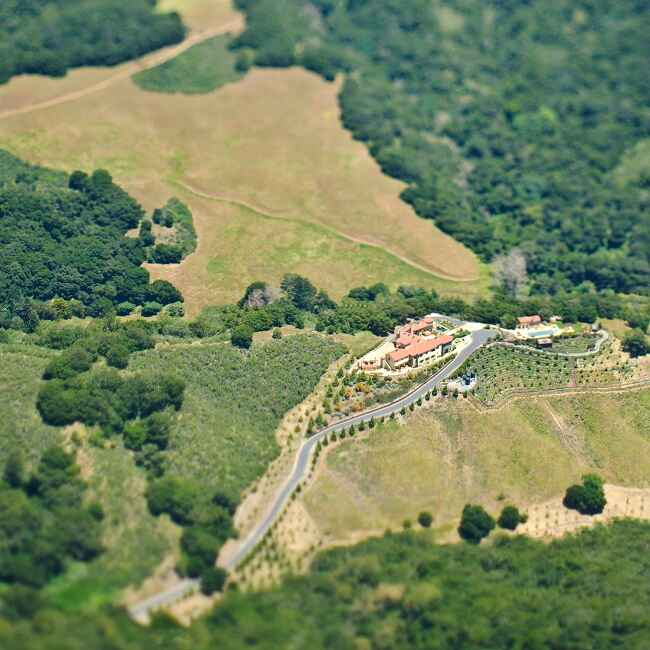Unveiling the World’s Oldest Vineyards: A Journey Through History
Vineyards are not just a place to grow grapes—they are living, breathing symbols of history, tradition, and culture. Some vineyards have been producing wine for centuries, even millennia, with vines that have witnessed the passage of time, wars, empires, and the evolving art of winemaking. These ancient vineyards hold stories of resilience, craftsmanship, and continuity, and they stand as a testament to humanity’s long-standing relationship with wine. In this article, we’ll explore some of the world’s oldest vineyards, where ancient vines continue to bear fruit and produce exceptional wines that have roots deep in history.
1. The Barossa Valley (Australia) – The Oldest Shiraz Vines
The Barossa Valley, one of Australia’s premier wine regions, is home to some of the oldest grapevines in the world, particularly the Shiraz variety. The Old Vine Shiraz vineyards here are renowned for their deep, complex wines that carry the legacy of generations of winemakers. Some of the most notable examples include the “old vine” Shiraz vines in the Seppeltsfield Vineyard, which are over 150 years old. These vines have survived the harsh Australian climate and are considered an essential part of the region’s identity.
- Why it’s special: These vines have been cultivated since the 1840s and continue to produce deeply concentrated wines with rich fruit flavors and complex profiles. The vines’ age gives the wines a distinct character, with earthy and spiced notes that reflect the soil and climate of the Barossa Valley.
- Historic significance: The Barossa Valley’s vineyards were first planted by European settlers, mainly from Germany and England, in the 1840s. Many of the older vines were passed down through generations of farming families, contributing to the region’s winemaking heritage.
2. The Finger Lakes (USA) – The Old Vine Riesling
The Finger Lakes region in New York is known for its cool-climate wines, particularly Riesling. While not as old as some of the European vineyards, the Finger Lakes still boasts some of the oldest commercial vineyards in the United States, many of which were planted in the late 19th and early 20th centuries. The Fox Run Vineyards in the Finger Lakes has Riesling vines that are over 100 years old, producing wines that are vibrant and full of complexity.
- Why it’s special: The Finger Lakes region’s old vines are renowned for producing high-quality Riesling wines that exhibit a perfect balance of sweetness, acidity, and minerality. The cool climate and deep lake influence give the wines a unique character, with aromas of citrus, stone fruit, and a distinct flinty quality.
- Historic significance: European immigrants introduced viticulture to the region in the 1800s, and despite the challenges posed by the harsh winters, the area continued to thrive as a wine-growing region. The old vines in the Finger Lakes are a living testament to the determination and vision of these early winemakers.
3. The Douro Valley (Portugal) – Ancient Port Wine Vineyards
In the steep, terraced hills of Portugal’s Douro Valley, some of the oldest vineyards in the world are still producing grapes for one of the most iconic wines—Port. The region’s history of winemaking dates back to Roman times, but it wasn’t until the 18th century that the production of Port wine became well-known. The Quinta do Noval estate, founded in 1715, has some of the oldest vineyards in the Douro Valley, with vines that have been producing exceptional Port wines for centuries.
- Why it’s special: The Douro Valley’s old vineyards, many of which are terraced into the steep hillsides, produce some of the finest Port wines, with rich, complex flavors of dark fruit, spices, and aged wood. The vineyards benefit from a unique terroir, where the combination of altitude, sunlight, and soil creates wines with great concentration and depth.
- Historic significance: The Douro Valley has been producing wine for over 2,000 years, but it was the establishment of the Port wine trade in the 1700s that helped cement its place in winemaking history. The region’s old vines continue to produce the best examples of this fortified wine, many of which are aged for decades.
4. The Tokaj Region (Hungary) – The Noble Rot Vineyards
The Tokaj wine region in Hungary is famed for its production of Tokaji Aszú, a sweet wine made from grapes affected by noble rot (Botrytis cinerea). This ancient winemaking region has a history that dates back to at least the 17th century, but the vineyards themselves are even older. The Tokaj-Hegyalja region boasts some of the oldest vineyards in Europe, with certain vines dating back more than 100 years.
- Why it’s special: The old vines in Tokaj produce grapes that are highly concentrated and have a unique sweetness due to the noble rot. Tokaji Aszú is a wine with an exceptional depth of flavor, offering notes of honey, dried apricots, and spices, and is renowned for its long aging potential.
- Historic significance: Tokaj was one of the first regions to develop a controlled designation of origin system for wine, and its wines have been celebrated for centuries. The region’s old vineyards have been tended for generations, with many passing down the tradition of winemaking through the family.
5. The La Rioja Region (Spain) – Ancient Tempranillo Vines
La Rioja, Spain’s most famous wine region, is home to some of the oldest vineyards in the country, particularly those planted with Tempranillo, the region’s most famous grape variety. Some vineyards in La Rioja are over 100 years old, and they produce exceptional red wines that are rich in flavor, with deep fruit character and complex tannins. One of the standout examples is Bodegas Roda, which works with old Tempranillo vines that date back over a century.
- Why it’s special: The old Tempranillo vines in La Rioja produce wines with great depth and concentration, showcasing the region’s unique terroir. The wines are known for their ripe fruit flavors, smooth tannins, and complex aromas of leather, tobacco, and spice, which develop with age.
- Historic significance: The winemaking tradition in La Rioja dates back to Roman times, but it was in the 19th century that the region became known internationally for its high-quality wines. The old vineyards continue to play a central role in the region’s identity, producing wines that reflect centuries of tradition and craftsmanship.
6. The Napa Valley (USA) – The Oldest Zinfandel Vines
In California’s Napa Valley, some of the oldest vines in the United States are still producing fruit, particularly Zinfandel, which has become a signature grape of the region. The Monte Rosso Vineyard, established in 1886, is home to some of Napa’s oldest Zinfandel vines, which are more than 130 years old and still producing exceptional fruit.
- Why it’s special: The old Zinfandel vines at Monte Rosso produce wines that are rich, robust, and full of character, with bold flavors of blackberries, cherries, and spices. The vines’ deep roots allow them to draw water and nutrients from the soil, contributing to the complexity and intensity of the wines.
- Historic significance: Napa Valley’s winemaking history dates back to the mid-1800s, and the region’s oldest vineyards have weathered the test of time, continuing to produce wines that reflect the evolution of California winemaking.
7. The Santorini Vineyards (Greece) – Ancient Assyrtiko Vines
The island of Santorini, located in the Aegean Sea, is home to some of the oldest and most unique vineyards in the world. The island’s volcanic soil and harsh climate have led to the development of Assyrtiko, a white grape variety that thrives in the region. Some of the vines on Santorini are over 400 years old, and the island’s traditional “basket pruning” method has helped protect these ancient vines from the harsh winds and sun.
- Why it’s special: The old Assyrtiko vines on Santorini produce wines with an extraordinary minerality and crisp acidity, reflecting the island’s volcanic terroir. These wines are often citrus-driven, with notes of saltiness and a characteristic mineral edge.
- Historic significance: Santorini has a winemaking history that dates back to the ancient Greeks, and the island’s unique viticultural practices have been passed down for generations. The old vines continue to be a symbol of the island’s rich winemaking heritage.
Conclusion
The world’s oldest vineyards are not just places where grapes are grown; they are living monuments to the resilience of nature and the dedication of generations of winemakers. From the ancient vines of the Barossa Valley to the volcanic soils of Santorini, these vineyards have survived the ravages of time and continue to produce some of the most exceptional wines in the world. By drinking a wine from one of these historic vineyards, you are not just savoring a bottle—you are tasting history itself. These ancient vines continue to carry forward the legacy of the past, preserving the traditions and craftsmanship of winemakers who have been cultivating the land for centuries.








